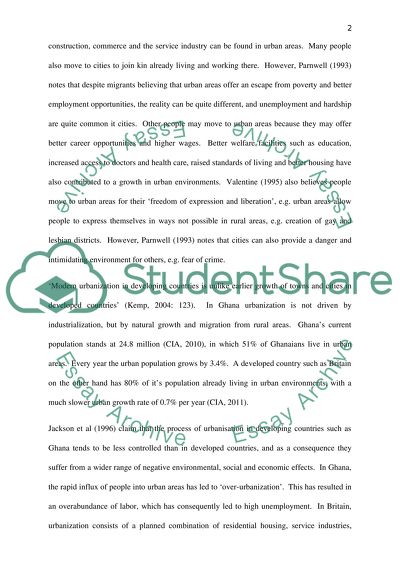Cite this document
(“Since the 1960s, a growing number of people have been moving away from Essay - 1”, n.d.)
Retrieved from https://studentshare.org/environmental-studies/1418231-since-the
Retrieved from https://studentshare.org/environmental-studies/1418231-since-the
(Since the 1960s, a Growing Number of People Have Been Moving Away from Essay - 1)
https://studentshare.org/environmental-studies/1418231-since-the.
https://studentshare.org/environmental-studies/1418231-since-the.
“Since the 1960s, a Growing Number of People Have Been Moving Away from Essay - 1”, n.d. https://studentshare.org/environmental-studies/1418231-since-the.


